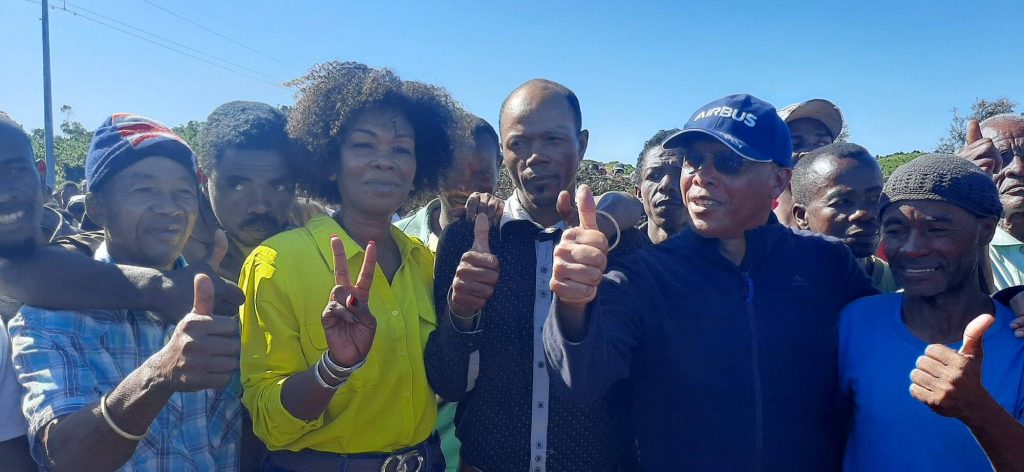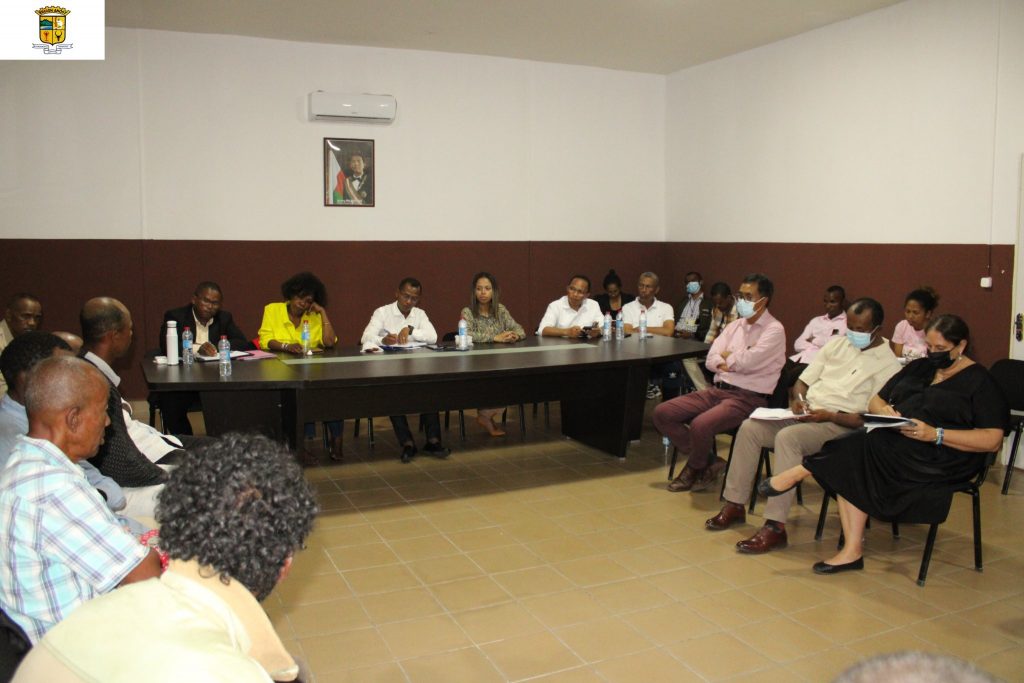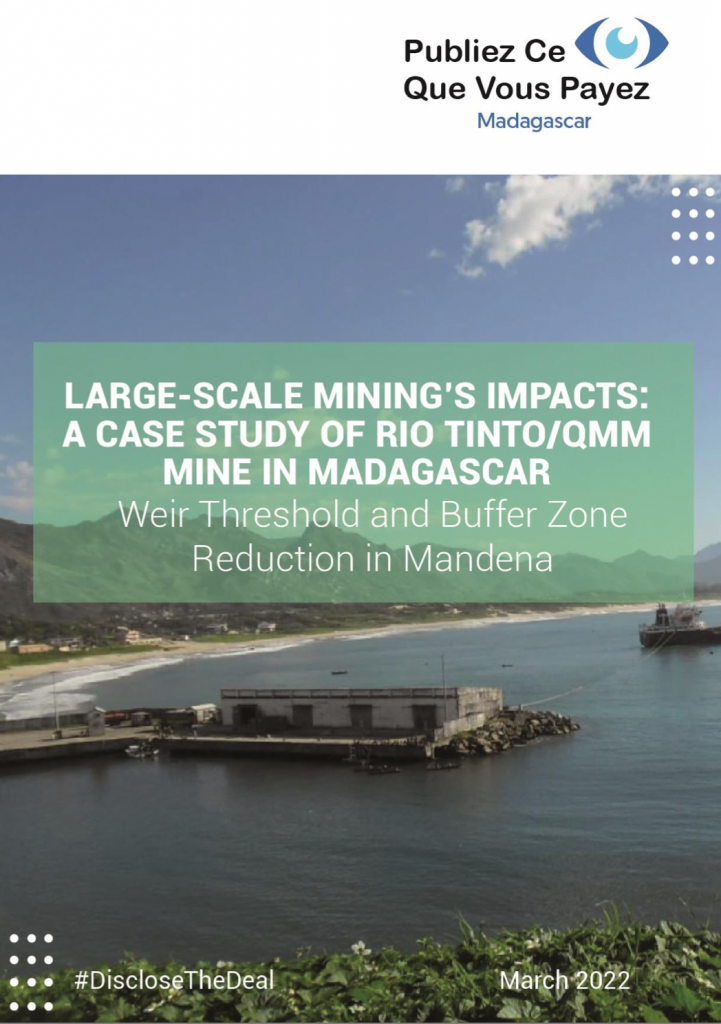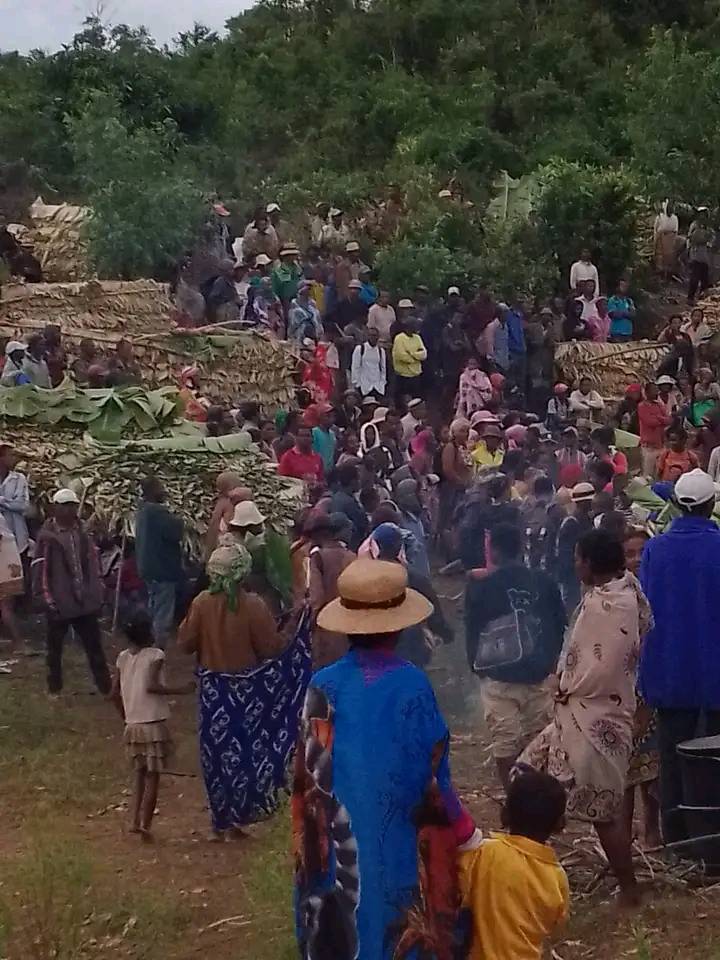
Settlement is underway after months of protests, road blocks, hostage taking and tear gas fired in the Anosy region. The conflict followed a fishing ban that left villagers without food security and livelihoods.
See article in The Ecologist here
The ban was put in place after hundreds of dead fish were found floating in the local lake shortly after a mine tailings dam failure and controlled release of a million cubic metres of excess mine basin water from the Rio Tinto QMM ilmenite mine.
Four Malagasy Government ministers intervened after the conflict escalated and hostages were taken by protestors during clashes with the military. Protestors welcomed the ministers to Ft Dauphin on Friday 19th May.
An agreement signed by protestors, QMM and the government ministers drew a line under the immediate tensions. Importantly it was agreed there would be no more use of military against protestors. This represents a change to the socio-political dynamic in Anosy region where, over many years, protestors against the mine have faced the forces of order, been criminalised, arrested and fined if they took their complaints about QMM to the street.

Road blocks and protests are a last resort. Complaints through QMM’s formal mechanisms have been unresolved or unsatisfactory. According to the new study by Publish What You Pay Madagascar, villagers report over 300 outstanding complaints about QMM related impacts have not been met with a response or meaningful solutions. Instead the majority feel intimidated if they raise issues or their voice against the mine.

Recent lobbying by Andrew Lees Trust at the London and Australian AGMs of the parent company, Rio Tinto, has met with equally unsatisfactory level of response.
At Rio Tinto’s London AGM, in April, specific questions relating to villagers claims and QMM’s accountability around the dam failings and water quality issues were not answered. In Australia Rio Tinto sought to place the problems in the region on local agricultural practices, high birth rates and migration. Members of the Australian based research and shareholder advocacy organisation, ACCR, attended the AGM and noted the response. They issued a press release saying :
“QMM is in danger of losing its social licence to operate. The situation in Madagascar appears to represent another failure resulting from Rio Tinto’s degraded social performance function.” ACCR
A commission has been set up in Anosy to assess damages and scope compensation to villagers for losses, both those incurred during the ban and longer term losses to livelihoods.
The next weeks will be critical for providing meaningful remedy to the affected villagers.

Meanwhile, the Trust, which has been holding the company to account about its mine perimeters, dam safety and water quality in collaboration with Publish What You Pay Madagascar, and with research /advocacy support from London Mining Network, Rettet den Regenwald and other partners, has asked the company to 1) provide evidence of an EIA, SEMP and public consultations for its new treatment “plant” to manage mine basin waters, since the plans represent a change in project design and are therefore subject to these processes according to the Malagasy mining code; 2) to share baseline water data that QMM has denied existed for almost four years (research has yielded at least two references to pre-mining water studies) ; and 3) to share the Interface report, which is due to provide the outcome of an investigation into the QMM mine tailings dam failure in February 2022.
